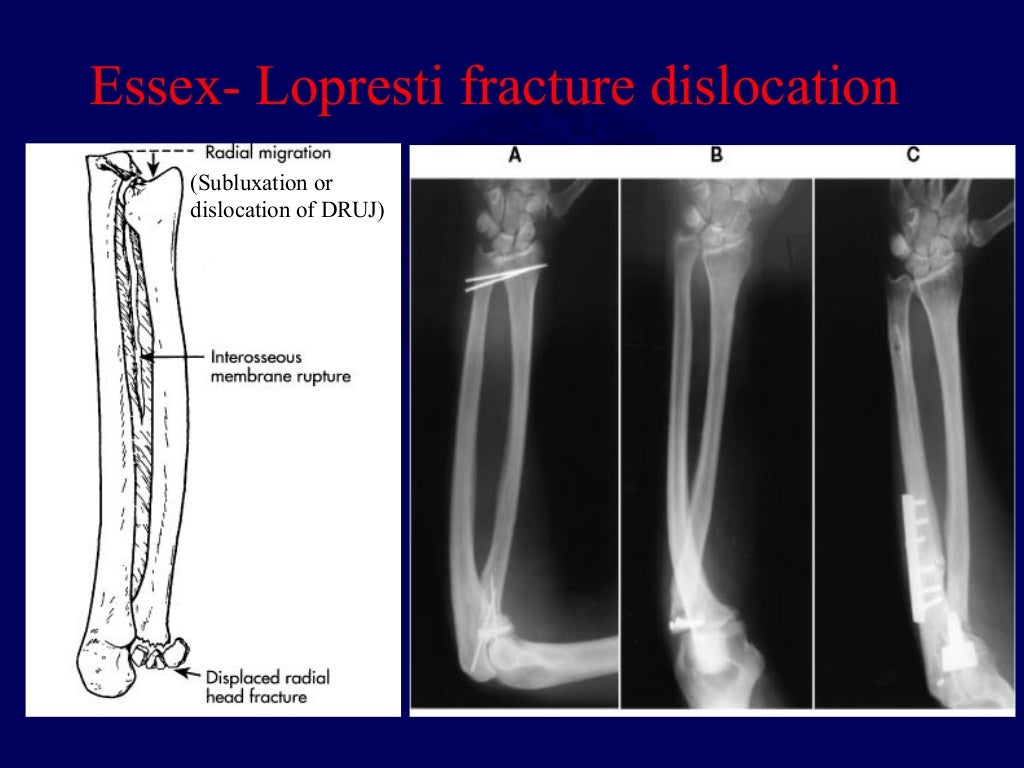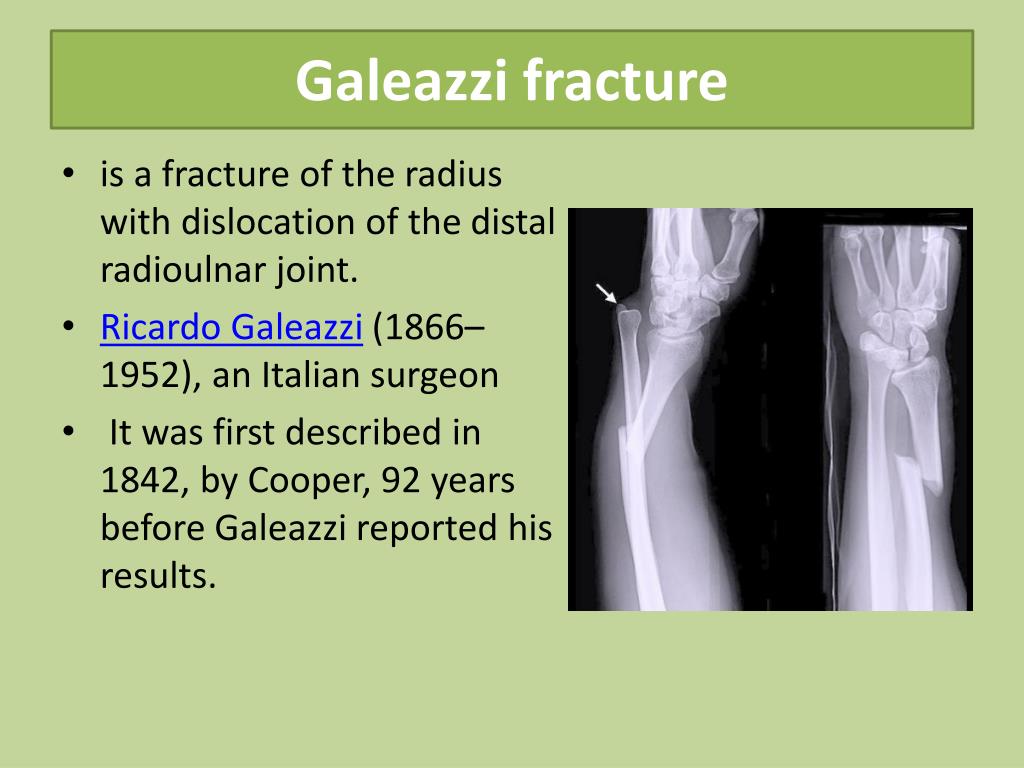


Bezüglich der ausgewählten Scoring Systeme konnten gute bis exzellente Ergebnisse erzielt werden. Begleitverletzungen des Processus coronoideus wurden mittels Zugschraubenosteosynthese behandelt. Bei allen Typ I Frakturen erfolgte eine geschlossene Reposition. Alle Mason Typ II Frakturen wurden mittels offener Reposition und Minischraubenosteosynthese operativ versorgt. Alle Patienten mit einer Mason Typ III Radiuskopffraktur erhielten eine zementierte bipolare Radiuskopfprothese. Alle Patienten wiesen eine Radiuskopffraktur auf. Für die Nachuntersuchung wurden der Mayo Modified Wrist Score, der Mayo Elbow Performance Score, der Functional Rating Index von Broberg and Morrey und der DASH Score erhoben.Įrgebnisse: Bei allen Patienten erfolgte die osteosynthetische Versorgung der Ulna mittels einer proximalen intraoperativ anmodellierten oder bereits vorgeformten LCP (Locking Compression Plate). Methoden: Zehn Patienten mit einer Monteggia-like lesion konnten in die Studie eingeschlossen und durchschnittlich nach 12,3 Monaten posttraumatisch klinisch und radiologisch nachuntersucht werden. Das Ziel dieser retrospektiven Studie war die Erfassung von Ein-Jahres-Ergebnissen dieser seltenen Verletzungen nach deren Behandlung mit modernen Osteosyntheseverfahren. Diese Verletzungsmuster wurden bis heute nur selten evaluiert. Diese werden häufig als Monteggia-like lesions oder Monteggia-Äquivalent-Verletzungen beschrieben. Monteggia-like lesion, Monteggia fracture, Monteggia equivalentĮinleitung: Der Begriff „Monteggia-Fraktur“ beinhaltet verschiedene Fraktur- und Verletzungskonstellationen an der proximalen Ulna und des Radius, welche bislang nicht eindeutig definiert wurden. Further studies with larger patient populations and longer follow up periods are needed to evaluate long-term effectiveness of this treatment concept. According to the aforementioned scoring systems good to excellent results could be achieved.Ĭonclusions: Our findings demonstrate that good or excellent short-term results can be obtained if the injury is classified correctly and a standardized surgical treatment of all components of the injury is achieved. Associated coronoid fractures were stabilized with lag screws through the ulnar plate or with independent lag screws after reduction of the fracture. In all Mason type I fractures the treatment of the radial head dislocation was by closed reduction. All Mason type II fractures were treated with open reduction and internal fixation using mini screws. All patients with a Mason type III radial head fracture received a cemented bipolar radial head prosthesis. All patients had a fracture of the radial head. Results: Osteosynthesis of the ulna was performed using a proximally contoured or precontoured LCP (locking compression plate) in all patients. For clinical follow-up the Mayo Modified Wrist Score, the Mayo Elbow Performance Score, the functional rating index of Broberg and Morrey, and the DASH score were utilized. Methods: Ten patients with a Monteggia-like lesion were included in this study and clinical and radiological follow-up examinations at an average of 12.3 months after the trauma were performed. The objective of this retrospective study was to better define patterns of injury and to document the short-term results of treatment with current fixation techniques. Until today, these injury patterns have been reported rarely. They are frequently described as Monteggia-like lesions or Monteggia equivalent injuries. Introduction: The eponym “Monteggia fracture” includes various patterns of complex fracture-dislocations of the proximal ulna and radius, which are not well defined yet.


 0 kommentar(er)
0 kommentar(er)
